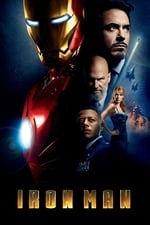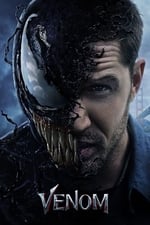Personal Info
Known For Camera
Known Credits 58
Gender Male
Birthday July 19, 1968 (56 years old)
Place of Birth Queens, New York City, New York, USA
Also Known As
- Matthew J. Libatique
- Matty Libatique
- Matty Libitique
Content Score
100
Yes! Looking good!
Login to report an issue
Biography
Matthew Libatique (born July 19, 1968) is an American cinematographer. He is best known for his collaborations with director Darren Aronofsky on the films Pi (1998), Requiem for a Dream (2000), The Fountain (2006), Black Swan (2010), Noah (2014), and Mother! (2017). Libatique has received three Academy Awards for Best Cinematography nominations for his work on Black Swan (2010), A Star Is Born (2018), and Maestro (2023).
Description above from the Wikipedia article Matthew Libatique, licensed under CC-BY-SA, full list of contributors on Wikipedia.
Matthew Libatique (born July 19, 1968) is an American cinematographer. He is best known for his collaborations with director Darren Aronofsky on the films Pi (1998), Requiem for a Dream (2000), The Fountain (2006), Black Swan (2010), Noah (2014), and Mother! (2017). Libatique has received three Academy Awards for Best Cinematography nominations for his work on Black Swan (2010), A Star Is Born (2018), and Maestro (2023).
Description above from the Wikipedia article Matthew Libatique, licensed under CC-BY-SA, full list of contributors on Wikipedia.
Camera
|
|||||||||
|
|||||||||
|
|||||||||
|
|||||||||
|
|||||||||
|
|||||||||
|
|||||||||
|
|||||||||
|
|||||||||
|
|||||||||
|
|||||||||
|
|||||||||
|
|||||||||
|
|||||||||
|
|||||||||
|
|||||||||
|
|||||||||
|
|||||||||
|
|||||||||
|
|||||||||
|
|||||||||
|
|||||||||
|
|||||||||
|
|||||||||
|
|||||||||
|
|||||||||
|
|||||||||
|
|||||||||
|
Crew
|
|||
|
|||
|
|||
|
|||
|
|||
|
|||
|
Acting
|
||||||
|
||||||
|
||||||
|
Production
|
Directing
|








